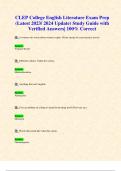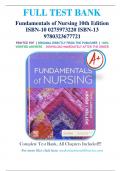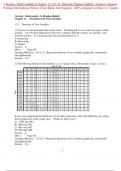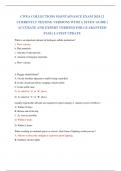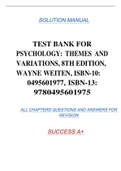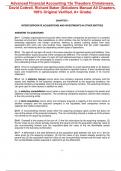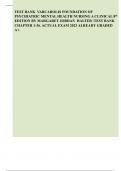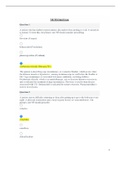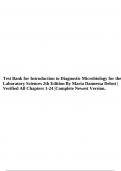Exam (elaborations)
TEST BANK for Introduction to Corporate Finance, 4th Canadian Edition by Booth, Cleary and Rakita | All 24 Chapters
- Course
- Institution
TEST BANK for Introduction to Corporate Finance, 4th Canadian Edition by Booth, Cleary and Rakita. ISBN 2214, ISBN 1287. TABLE OF CONTENTS: PART 1: THE FINANCIAL ENVIRONMENT Chapter 1: An Intro duction to Finance Chapter 2: Business (Corporate) Finance PART 2: FINANCIAL ANALYSIS TOOLS Chapter 3: Fi...
[Show more]




